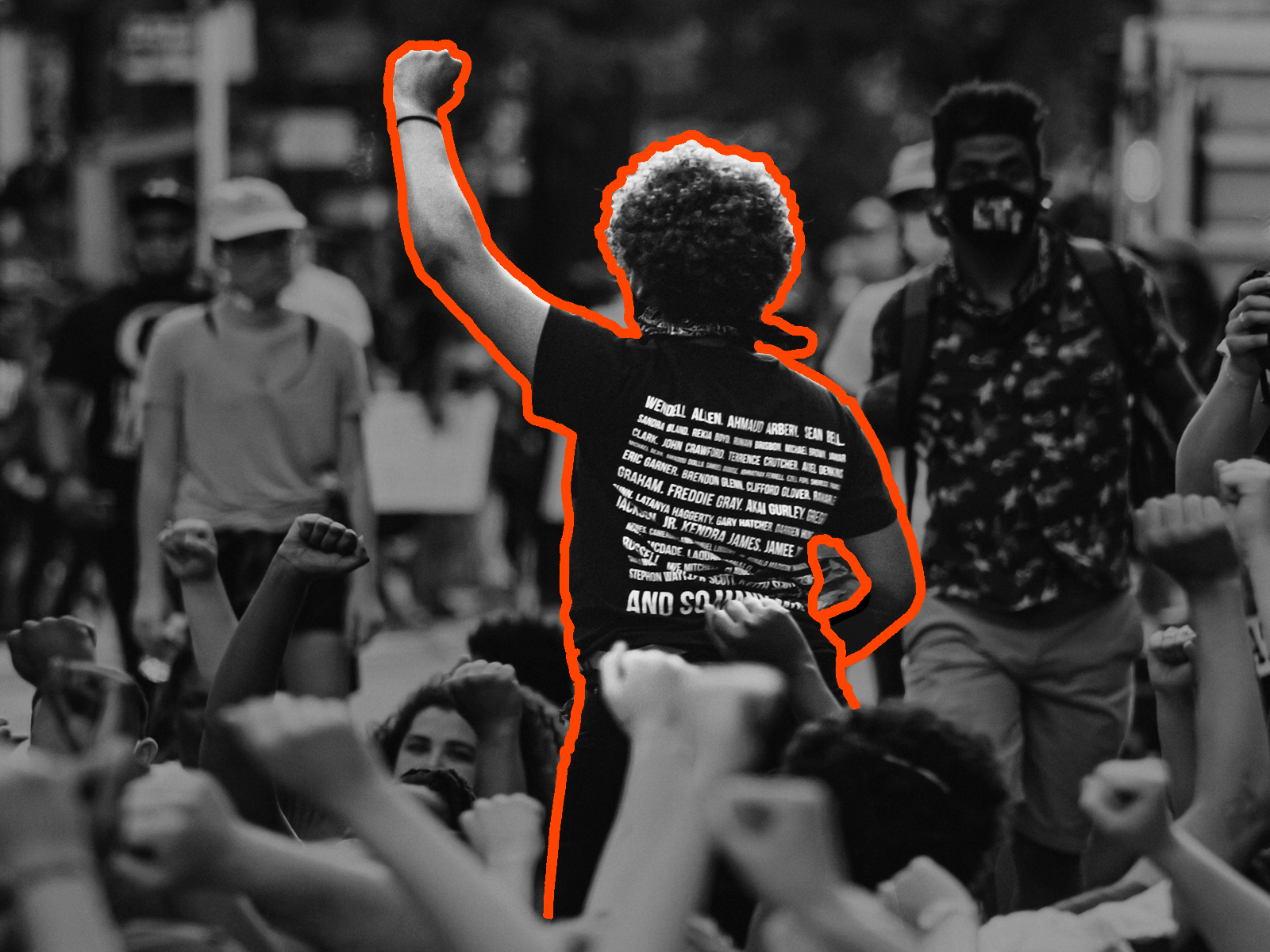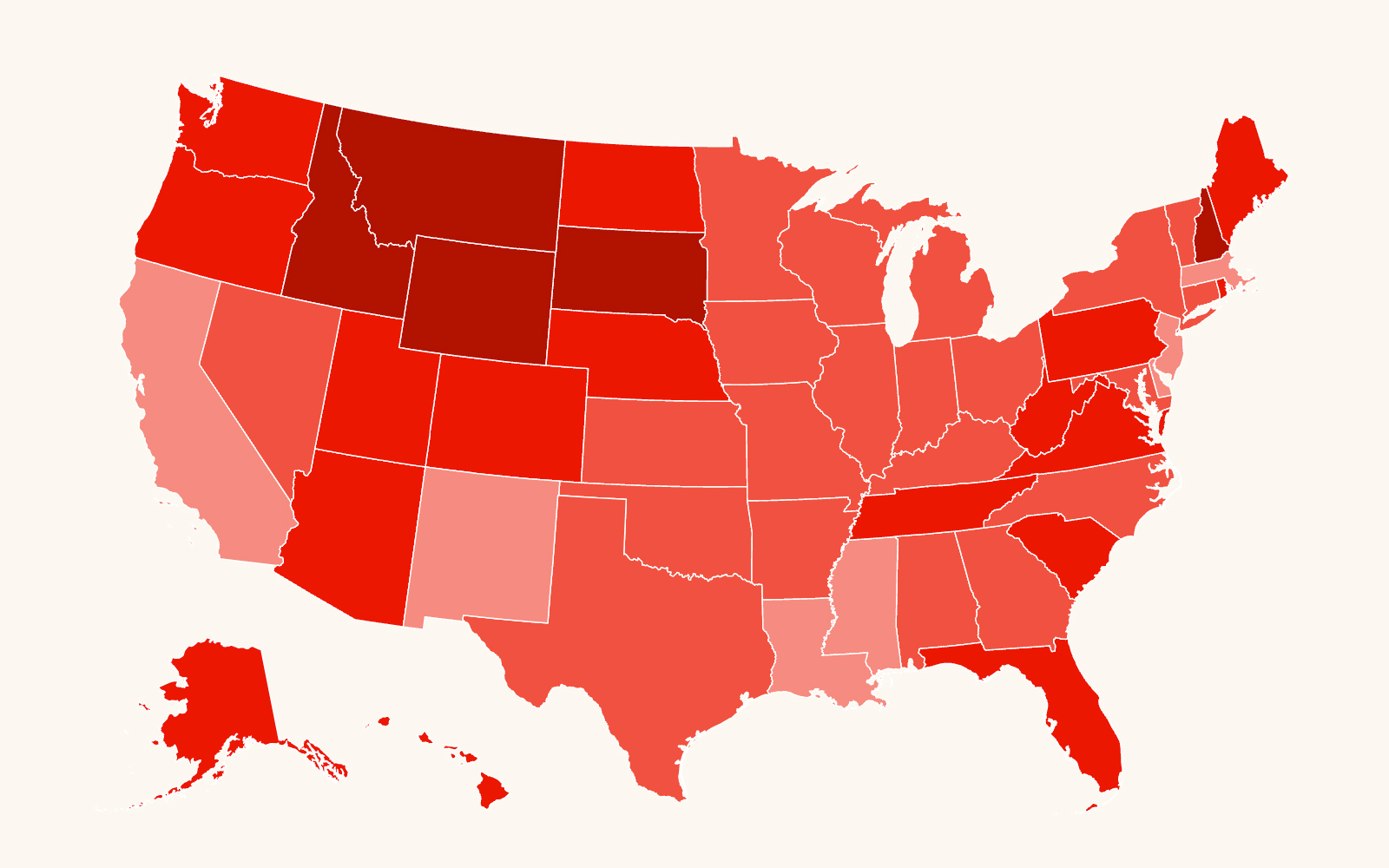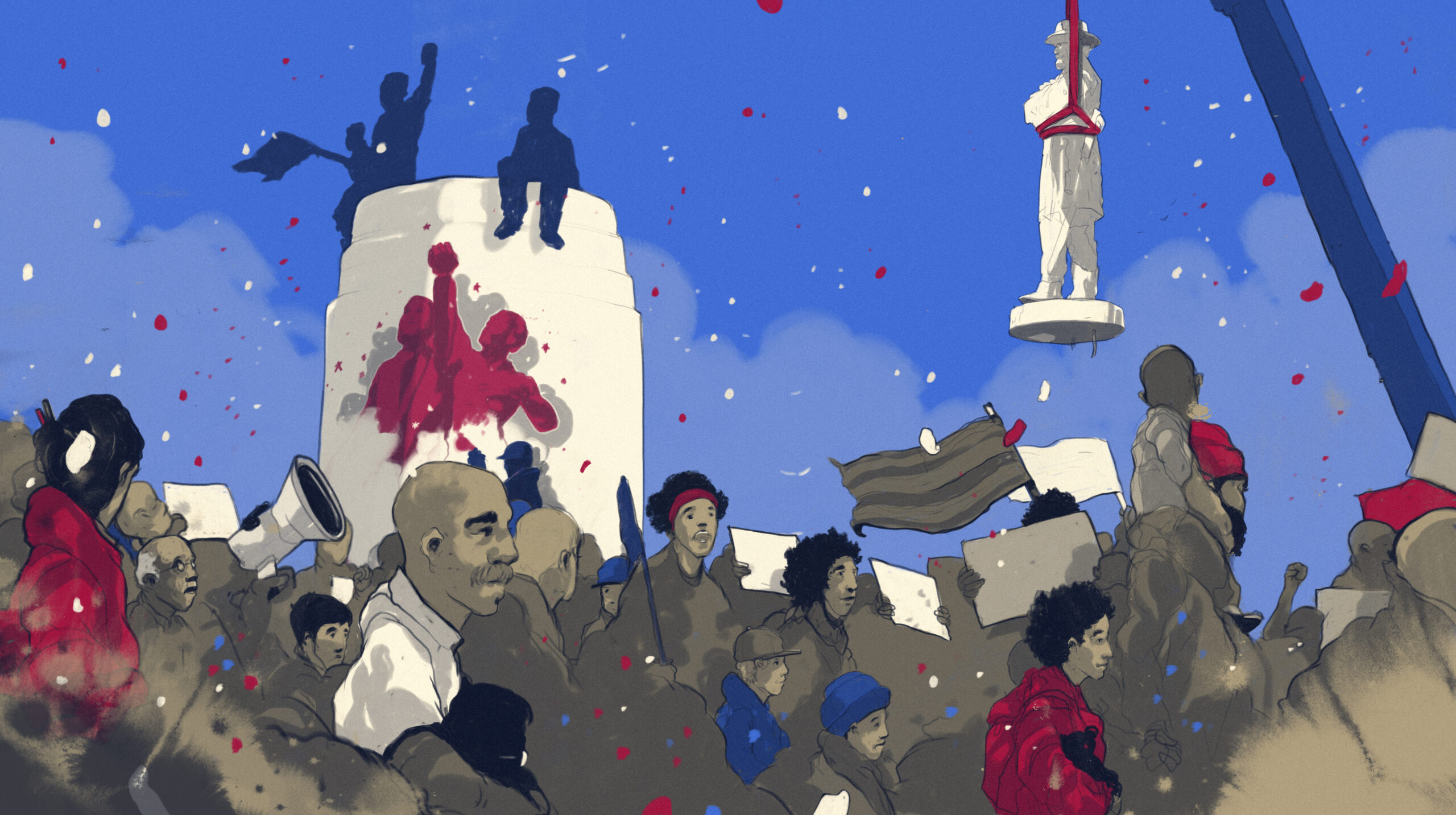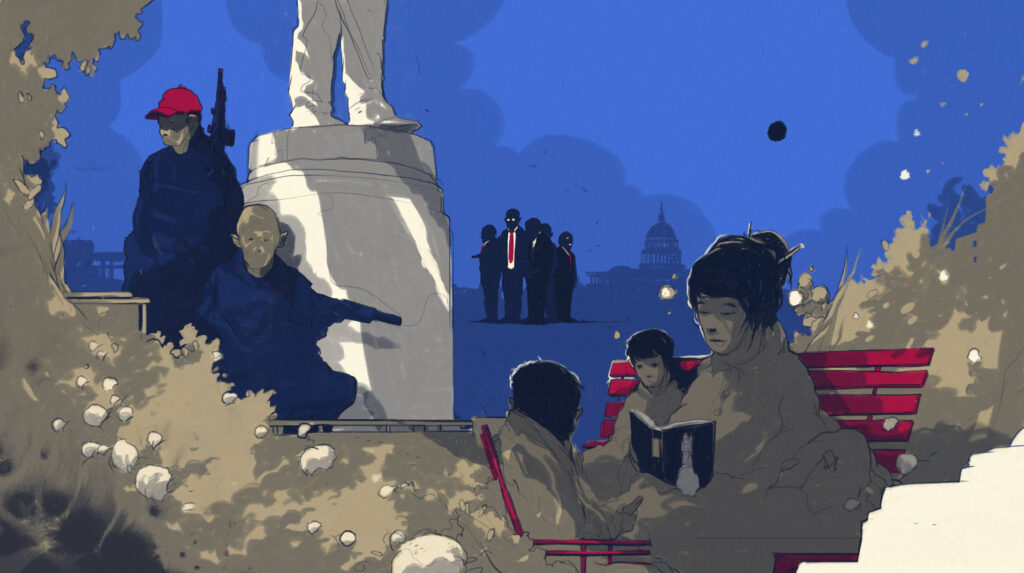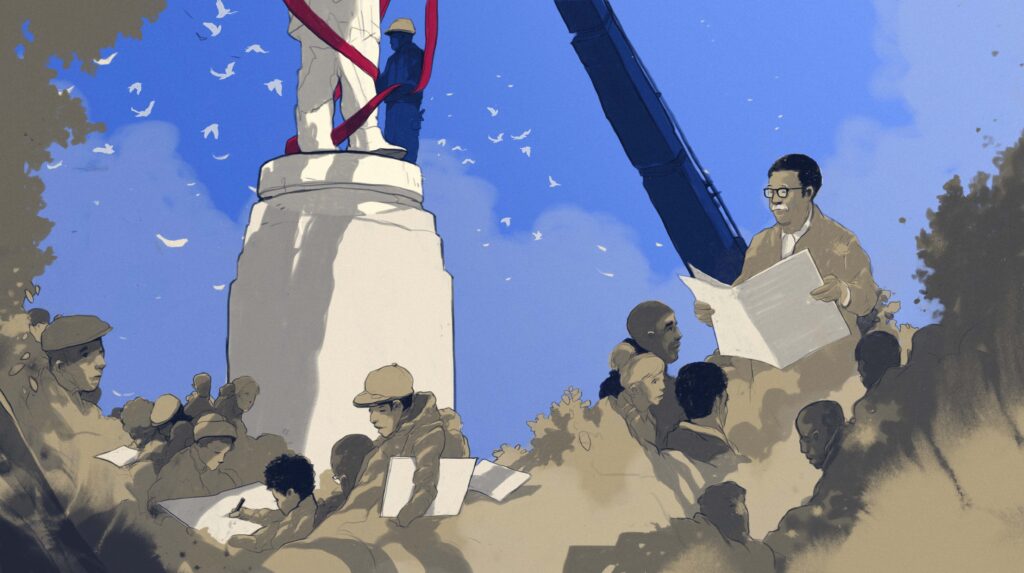Our Heritage
Lost Cause mythology holds that Confederate symbols do not represent white supremacy or an attempt to rewrite history but instead embody an innocuous preserving of “Southern heritage.” This is not true. Historical evidence reveals that the existence of more than 2,000 Confederate memorials across the country is the result of an organized propaganda campaign designed to rewrite history and advance white supremacy. The history and data presented in this report encourage readers to consider: Whose heritage do Confederate memorials represent? Certainly not that of millions of enslaved African Americans, nor the generations of Black people terrorized, murdered and oppressed in the Jim Crow South. Not that of the 300,000 white Southerners who courageously fought for the Union in the Civil War, nor the nearly 200,000 Black Union soldiers who fought for their freedom.[1] Confederate memorials are not the heritage of any American, Black or white, Yankee or Southern, who believes in freedom, justice and equality — or who values the truth over insidious falsehood. The perniciousness of Confederate symbols is not just in distorting history or terrorizing Black Americans. Confederate symbols, and their continued valorization, rob us of an opportunity to understand our own rich “people’s heritage” of democratic struggle for justice. Too many Americans are denied the chance to learn these parts of their history — especially in the South.
“Discrediting old myths without finding new ones to replace them erodes the basis for common action,” wrote historian William McNeill in a 1982 essay for Foreign Affairs titled “The Care and Repair of Public Myth.”[2] If we tear down the racist lies of the Lost Cause without replacing them with different stories about the struggle for liberation, we miss an opportunity to unite Americans around a common heritage that inspires collective action. Instead of the 312 memorials to Robert E. Lee currently covering the American landscape, memorials to Moses Dickson, Black abolitionist and Union soldier, should confront Americans all over the country. Instead of 187 Jefferson Davis memorials, Americans should have at least one to Sarah and Angelina Grimké, white abolitionists from South Carolina. Instead of 149 Stonewall Jackson memorials, we should encounter memorials honoring Levi and Catharine Coffin. The Coffins were white abolitionists from North Carolina who helped thousands of enslaved people escape on the Underground Railroad. In 1902, while the UDC was erecting monuments to the Confederacy all over the country, a group of African Americans in Ohio raised funds for a memorial to the Coffins. By honoring white abolitionists, they hoped to counter the UDC’s Lost Cause myths and unite Americans around the memory of an interracial struggle for justice. They raised $500 for a 6-foot granite memorial in Cincinnati’s Spring Grove Cemetery, where Levi and Catharine were buried.
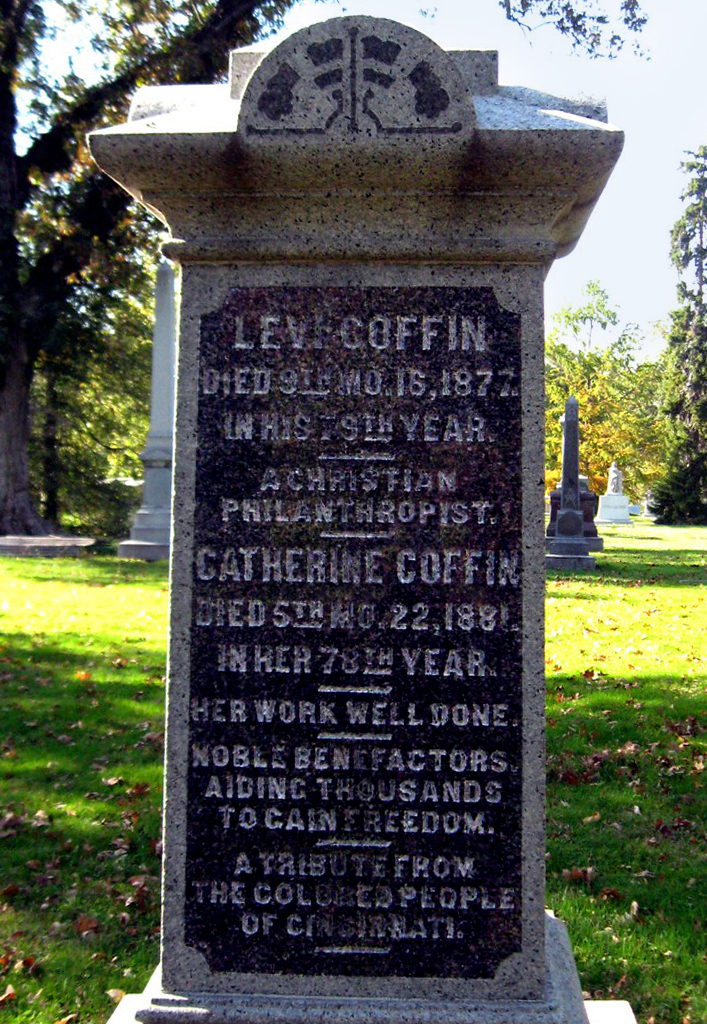
Beyond memorials to individuals, the American landscape should contain memorials to slave rebellions, labor struggles and perilous escapes across networks of Underground Railroad routes and safe houses. In 1943, for example, nearly 10,000 Black and white workers at a cigarette factory in Winston-Salem, North Carolina, won better working conditions through a strike led primarily by Black women. Where is their memorial? Memorials do not have to be stone monuments. Any form of public engagement —murals, public performances, parades, city walking tours, festivals and more — can memorialize our collective heritage. When Black people in 1865 put a “death of slavery” sign on a coffin and paraded around the streets of Charleston, or when demonstrators in 2020 read poems and danced in front of the Robert E. Lee statue in Richmond, Virginia, they were practicing creative forms of public memory.
Despite months of protests and petitions from local citizens, a Confederate memorial still stands in front of the courthouse in Murray, Kentucky. Although the Murray City Council passed legislation to remove the memorial, the authority to take it down rests with the county fiscal court. In 2020, the fiscal court voted against removal. The movement for removal was defeated. But members of the movement in Murray have found creative new ways to continue the fight for equality and democracy, including running for office and creating community aid organizations.As for combating the Lost Cause, one citizen has an idea. “Murray has such a rich Underground Railroad history,” Jessica Paine said.
Memorials do not have to be stone monuments.
“Historians at our university [Murray State] and artists who paint murals all over our town,” Paine said, “could tell a story of resistance.” Paine suggested a mural on the wall of the building right across from the Confederate monument.[3] As Confederate memorial removal becomes slower and more difficult, and as extremist groups continue their assault on public education and history curricula for the cojoined purposes of erasing our heritage of resistance and liberation and elevating racist myths, artists, educators, community leaders and activists can turn to ideas like Jessica Paine’s. Public acts that uplift and celebrate our heritage are important ways to counter the Lost Cause.

‘The First Target’
In 1951, the state of Louisiana erected a piece of Lost Cause propaganda regarding the era of Reconstruction after the Civil War. The town of Colfax was the site of the single bloodiest instance of racial violence during Reconstruction. In 1873, a white mob marched on Black citizens defending the election results and opened fire, murdering 150 people. In Lost Cause revisionist fashion, the state put up a marker calling the event a “riot” and condemning “carpetbag misrule” — Lost Cause code for the idea that the North had overstepped in trying to establish civil rights for people freed from slavery in the postwar South. In 2023, on the 150th anniversary of the massacre, Colfax replaced the offensive plaque, erecting in its place a larger memorial with a depiction of racial violence and the names of 57 of the identified victims of the massacre. Jazzmen Lee-Johnson, a Black visual artist, created the artwork featured on the memorial.
The new memorial provides a detailed and accurate account of the event, putting it in the context of Reconstruction and Jim Crow. It was made possible through the joint efforts of Avery Hamilton, a descendant of one of the Black Louisianans murdered in the massacre, and Charles Dean Woods, a descendant of one of the perpetrators. The two men contacted the Colfax city government about the offensive language of the old memorial and raised $65,000 in private donations for the new one. “The fact that [my] ancestor is … one of these guys that did this terrible thing, it just put me over the edge. I just had a burning desire to do something. And so, that offensive marker became the first target,” Woods said.
Historical memory has been, as Woods put it, “the first target” in a war of ideas — especially ideas about what kind of country we are and who is included in our communities. Historical memory was the first target of white supremacists defeated on the battlefield in the Civil War, and it is now a target for those seeking to finish the work of civil rights and liberation. Progress may ebb and flow, the movement may experience setbacks and activists may sometimes find that other issues demand more immediate focus. But the politics of Civil War memory remain vital to the struggle for racial justice in the United States. Americans tend to think that the movement against Confederate symbols began in 2020, after the murder of George Floyd. But today’s activists are part of a long movement stretching back to the beginning of the Lost Cause propaganda campaign. Because it is a historical movement, the struggle against Confederate symbols has changed, and continues to change. The strength of the movement has faded and swelled. Its demographics have shifted since the 1870s, as have its targets and tactics, and it has experienced — and will continue to experience — successes and setbacks. At its core, this is a movement to take back democratic control over a people’s history. It is a movement to reclaim a heritage of democratic power and resistance to injustice. If it is successful, this movement will not only restore American memory about the Civil War and remove painful symbols of white supremacy, but it will also provide powerful inspiration for work in racial and economic justice. By restoring the memory of past struggles and victories for justice, this movement makes such struggles and victories possible again.
Illustration by Simón Prades
[1] William Freehling, The South vs. The South: How Anti-Confederate Southerners Shaped the Course of the Civil War (Oxford University Press, 2002), 1.
[2] William H. McNeill, “The Care and Repair of Public Myth,” Foreign Affairs, 61, No. 1 (1982): 1, https://www.jstor.org/stable/20041348?seq=1.
[3] Jessica Paine, conversation with author, January 18, 2024.
For a complete list of citations used in this report, click here.

